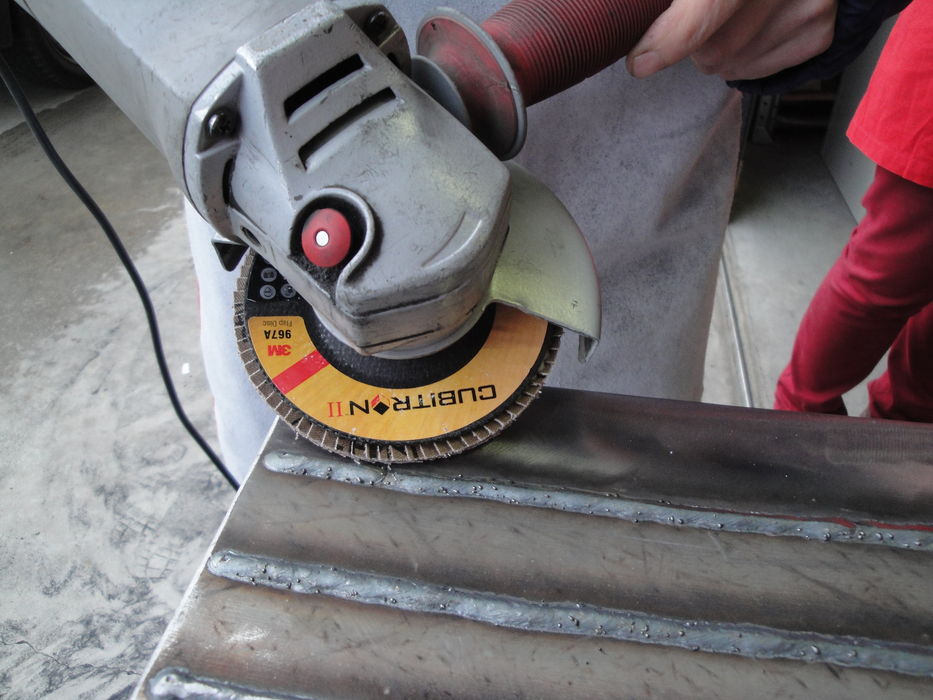Zirconium corundum is smelted from alumina and zirconia in an electric arc furnace at a high temperature above 2000°C.
Zirconium corundum is divided into 25 zirconium (AZ25) and 40 zirconium (AZ40) according to zirconia content.
AZ40 is zirconium corundum with a zirconia content of 40%, referred to as 40 zirconium. According to theoretical calculations, only when the zirconia content is 40% of the eutectic of zirconia and alumina achieve the most beautiful homogeneous structure. When the zirconia content is greater than 40%, the zirconia-separated phase accounts for a larger proportion; when the zirconia content is less than 40%, the alumina-separated phase accounts for a larger proportion.

The production process of zirconium corundum brick:
- Using selected zircon sand and carbon materials (petroleum coke) as raw materials, smelt and purify zirconia in an electric arc furnace to remove silicon dioxide (SiO2);
- Add purified zirconia, industrial alumina powder, and other additives into the electric arc furnace for high-temperature melting to further remove impurities and generate a miscible body of corundum and baddeleyite crystals;
- The cooled block is crushed and screened into materials with different particle sizes by jaw crusher, Raymond mill, and other equipment, and then processed into finished products of different particle sizes through processes such as washing, drying, and packaging.
What are the benefits of adding zirconia to corundum bricks?
- Improve the wear resistance of corundum bricks: the hardness of zirconia particles is higher than that of corundum. Adding an appropriate amount of zirconia can improve the hardness and resistance of corundum bricks.
- Improve the seismic performance of corundum bricks: Zirconia has a high toughness and toughness-strengthening effect, which can improve the seismic performance of corundum bricks and reduce the fragmentation rate during use.
- Improve the impact resistance of corundum bricks: Adding an appropriate amount of zirconia can improve the impact resistance of corundum bricks and reduce the cracking rate during use.
- Improve the stability of corundum bricks: Zirconia can be combined with corundum to form a solid solution, which can improve the chemical and thermal stability of corundum bricks and make them stable in high-temperature environments.

Advantages of zirconium corundum abrasives:
- Its sand has the characteristics of compact structure, high hardness, good wear resistance, and large specificity, and can be used as abrasive grinding, polishing steel castings, alloy steel, carbon steel, hard bronze, and other workpieces;
- It has high mechanical strength, good thermal shock resistance, high-temperature resistance, and corrosion resistance, and is a high-quality refractory material.
- Good resistance to slag erosion and low coefficient of thermal expansion, often used as lining refractory bricks or refractory castables for glass kilns; Refractory bricks are formed by melting industrial alumina powder and zircon sand with a purity of more than 99% in an electric arc furnace and then pouring them into a mold for rapid cooling. The main components are corundum crystals, baddeleyite and a small amount of glass-phase substances.
Zirconium corundum refractory bricks are formed by melting industrial alumina powder and zircon sand with a purity of more than 99% in an electric arc furnace and then pouring them into moulds for rapid cooling. The main components of zirconium corundum bricks are corundum crystals, baddeleyite and a small amount of glassy substance. as a high-end abrasive, zirconia corundum improves the brittleness of corundum and has superior performance in terms of microcrystalline structure and crystal size, zirconia content, particle size composition, and bulk density.
- Microcrystalline structure and crystal size The smelting and production of zirconium corundum require rapid cooling to obtain abrasive particles with smaller crystals, so it has the characteristics of high wear resistance compared with traditional abrasives such as white corundum and brown corundum. The microcrystalline structure and crystal size are also the main indicators used to determine the quality of AZ-40 . Through the microstructure, it can be seen whether the homogeneous structure in the eutectic is perfect, whether there is a separated phase and how much the separated phase is. At the same time, it can be seen whether the separated phase is zirconia or alumina. The size of the crystals can also be seen through the microstructure. The smaller the crystal size, the more units are involved in grinding and the longer the grinding life. Whether the crystallite structure of AZ-40 eutectic is perfect and whether the crystallite size is small enough depends mainly on the cooling rate during abrasive smelting. If the cooling rate is fast, the microcrystalline structure of the abrasive eutectic is good, the phase separation is less, and the crystal size is small; otherwise, the cooling rate is slow, the abrasive eutectic structure is poor, the phase separation is greater, and the crystal size is also large.
- Zirconia content There are many raw materials for production; generally, zircon sand and other materials are the main materials. The 25 zirconium produced has low zirconia content and relatively low cost. It suits heavy-duty grinding wheels, steel castings, superhard steel, stone sandblasting, and wear-resistant products. 40 has a high zirconia content and high bulk density. It is suitable for producing cutting discs, coated abrasives such as steel paper sanding discs, fibre wheels, nylon polishing wheels and other products.
- Particle size composition The bulk density of zirconium corundum has much to do with the production process. The particle size of the zirconium corundum produced by the Barmac ball mill is more rounded, the bulk density is high, and the wear resistance is better reflected.
- Bulk density The bulk density of 25 zirconium is 1.90–2.30 g/cm3, and the specific gravity is 4.3g/cm3, 25–35% higher than that of ordinary fused corundum. The bulk density of 40 zirconium is 2.15-2.45g/cm3, and the specific gravity is 4.6g/cm3, 35–45% higher than that of ordinary fused corundum. The toughness is 14–18 times that of brown corundum. Especially under heavy load conditions, wear resistance is particularly important. According to feedback from our customers, the grinding discs produced can significantly improve the grinding of superhard steel.
The use of zirconium corundum:
- Production of high-density, high-load abrasive tools such as grinding wheels and abrasive belts;
- Grinding of the surface of metal castings, steel billets and alloy materials;
- Application of refractory materials in metallurgy, steelmaking, glass, ceramics, cement and other industries, such as making high-performance sliding nozzles, submerged nozzles, etc.
- Sandblasting, polishing, etching, etc., of metal and non-metal surfaces, especially alloy steel.
Related Products







